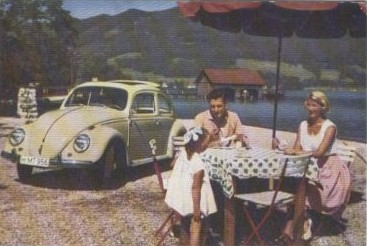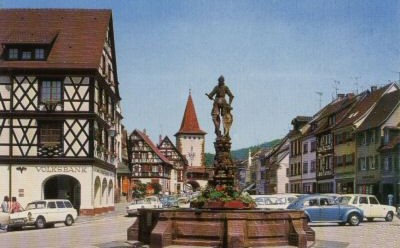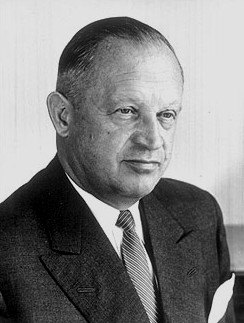Germany and the world was more prosperous in the 1960ís than in the 1950ís. People were buying new homes, bigger cars, and enjoying life more than ever before. Volkswagen, never one to miss an opportunity, began thinking about a successor to the economy-class Beetle in the mid-to-late 1950's. At the time, they were getting a great deal of slack from both the public and press because of the Beetles outdated basic design. VW also knew they needed to enter into the middle-class marketplace. By offering a series of models with more power, comfort, standard equipment, and room, VW hoped to offer the thousands of Beetle owners an upgrade path. Of course, an upscale car would have a higher price as well, and VW hoped to capitalize on the new prosperity.



